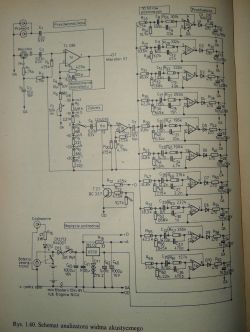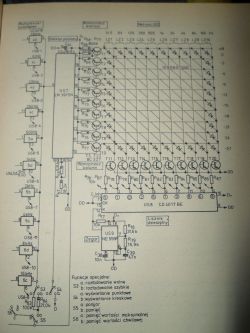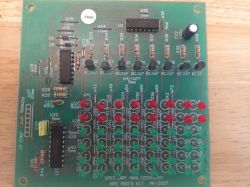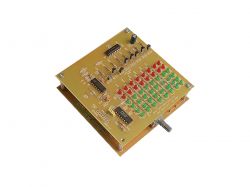Hello.
I would like to build something like the video:
https://www.youtube.com/watch?v=9SK2AxfELfw
Anyone have schematics for something like this?
Is it possible to do as in the movie 10 lines and later expand to more?
Schemes of lines and this "divider" are welcome.
If I chose the wrong department, please move it.
Thank you in advance for any help.
Ps. It would be good if these lines were 40led as in the video.
I would like to build something like the video:
https://www.youtube.com/watch?v=9SK2AxfELfw
Anyone have schematics for something like this?
Is it possible to do as in the movie 10 lines and later expand to more?
Schemes of lines and this "divider" are welcome.
If I chose the wrong department, please move it.
Thank you in advance for any help.
Ps. It would be good if these lines were 40led as in the video.







